Today, I feel like I’ve just experienced the death of someone in my family.
Years and years after the fact, as I explore my family history, the feeling somehow holds true.
Sachsenberg.
I didn’t know what the name meant. It was a reference in the 1919 Mecklenberg census that I found online. It is located in area on a map of Germany that appeared to be north of Schwerin. What I didn’t know initially was that it is the name of a well-known asylum for people living with mental illness.
In the census, the word appearing after everyone’s name in the household is “kranker,” which translated means “ill.” A light bulb goes off in my head. Within my family, it would seem that history repeated itself.
Last night, I confirmed that my great-grandfather was institutionalized in Germany. My grandfather, who immigrated to a new world in New York City, also couldn’t escape mental illness, which spanned an ocean and caught up with him in the prime of his life. An almost identical scenario marked their lives in adulthood, although with one terrible difference.
The possibility exists that my great-grandfather was murdered in Germany. In 1939, Hitler began ensuring that the mentally “challenged, handicapped and elderly” (essentially those who could not be an economic asset to the country), were to be “euthanized.”1 Was that my great-grandfather’s fate at 86 years of age or did he pass away of natural causes beforehand? These are the questions that I am compelled to find the answers to.
To some degree, I’ve brought this on myself, having gone on an expedition to uncover information about our family in Germany that I may never hear first-hand from other family members. So it comes down to what one can glean from records that, as time goes on, paint a picture of lives laced with tragedy.
As my research continues, I wonder if there were others in our line that made Sachsenberg or other German institutions their home. My quest to canvas the countryside in search of living family members has not been without effort and thus far has been fruitless. It is striking to me that in other countries we are surrounded by loving vibrant family members while in Germany, there continues to be an eerie silence.
From an artist's rendering of the exterior, Sachsenberg looks attractive enough –maybe even better than the Newtown complex2 where my grandfather ended up residing for 24 years. It is perched by a lake on a high hill.
Things went well for my grandfather—for a while. He built a middle-class home in one of the wealthiest towns in the country. He realized his American dream. Then came the fall, the darkness, which ended in a potter’s field in an unmarked grave.
One can only reflect and ask, what led most of our family to come to be living a prosperous life in 2013? The most straightforward answer: It was the result of the sacrifices made by our ancestors. We have our grandparents to thank, as they are the reason why we now live in the greatest country in the world. They would be so proud of the accomplishments of their children, grandchildren and great-grandchildren.
Discovering Sachsenberg struck a powerful chord within me. It connects my family to a pivotal time in history. I’m quite certain that many visitors to the 4th floor of the U.S. Holocaust Museum in Washington, D.C. wipe away tears when they look at an exhibit that contains a
Sachsenberg bed frame or an embroidered blanket – tangible reminders of the Holocaust’s mentally and physically compromised souls who fell victim to Hitler’s propaganda, which dismissed them as “life unworthy of life.”
Mental illness may reach across generations, but may history never repeat itself in how we treat those who live with it.
The author has since determined that her great-grandfather died in 1941 at the height of the Nazi euthanasia policy. She is planning a trip to Germany soon. “I believe that I now know what happened but feel that I must go there personally to complete our story,” she wrote NAMI. Her family has asked that this article be published anonymously.
1 Sachsenberg was one of several centers where the policy was carried out from 1939 to 1945. Residents were sterilized and often murdered. In Germany overall, more than 200,000 people, including children, died under the “euthanasia” policy.
2 Faitrfield State Hospital was located in Newtown, Conn. from 1931 to 1995. At its peak, the complex had 4,000 residents.

